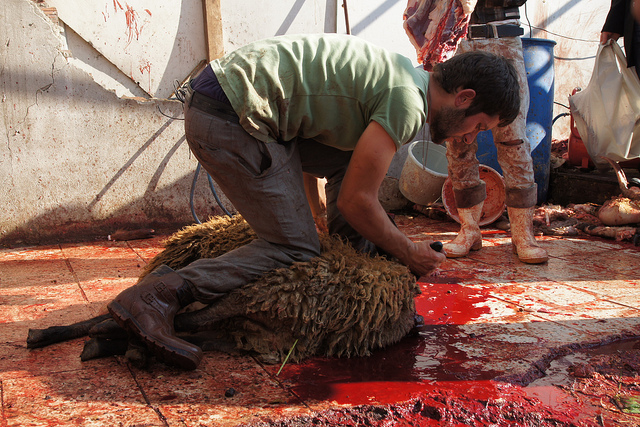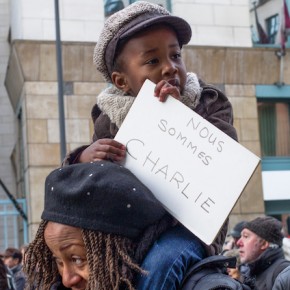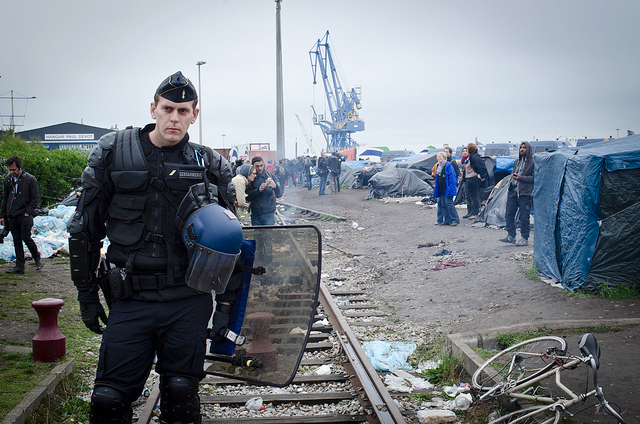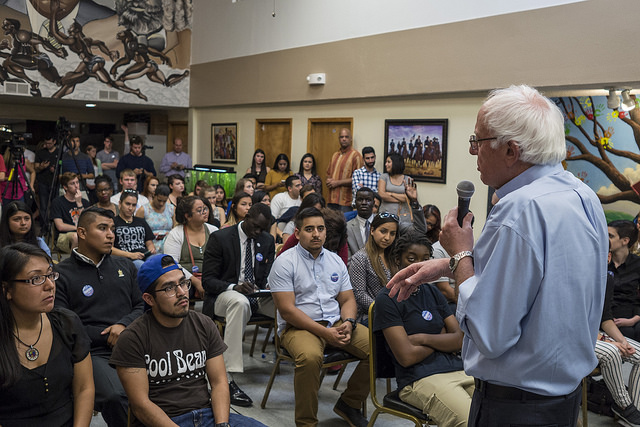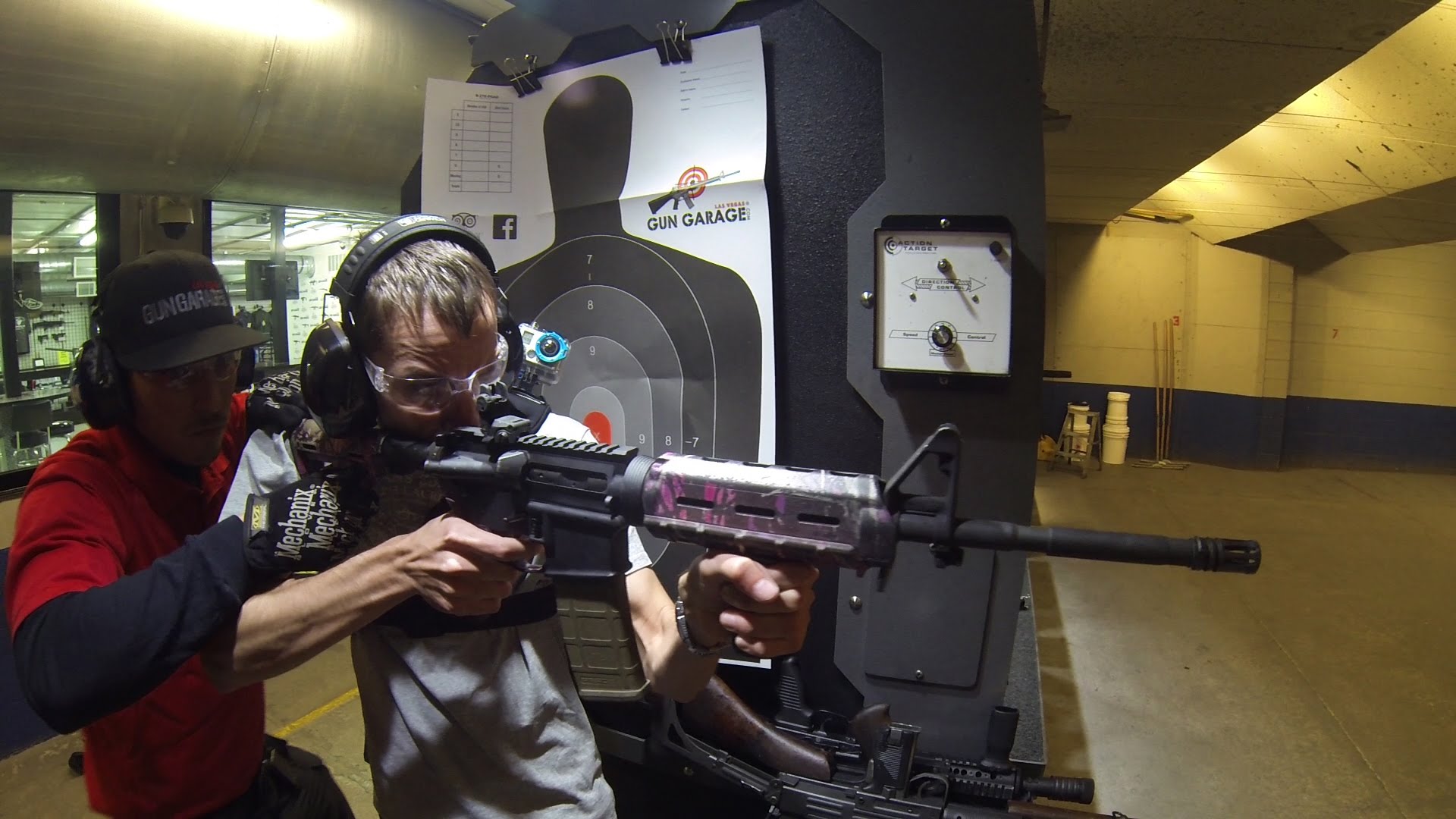According to the Centre for Research and Security Studies, 7,655 Pakistanis died in 2014 as a result of terrorism, militant attacks, drone strikes, sectarian violence, targeted killings, and security operations. Its report was released the same week as the Charlie Hebdo murders, which caused international outcry, and massive unity marches, in France.
There has been an obvious disparity of mourning in respect to the two tragedies, with the notable exception of the Peshawar shootings last December. That reaction was mainly a reaction to the fact that a significant number of children were killed.
For the most part, the Pakistani death toll has been ignored, despite the vastly higher body count. It is worth reflecting on why terrorist attacks cause much greater alarm when they occur in France, as opposed to when they lead to a far higher number of deaths in underdeveloped countries like Pakistan.
In the essay Necropolitics, Achille Mbembe argues that we have entered an era of “necropower,” which is defined by the deployment of new weapons “in the interest of maximum destruction of persons and the creating of death-worlds, new and unique forms of social existence in which vast populations are subjected to conditions of life conferring upon them the status of living dead.”
Mbembe believes that the starkest example of a death-world is the Palestinian Occupied Territories, particularly the Gaza Strip. Bloodshed has defined the Palestinian socio-political landscape. It has also had a devastating impact on its culture, particularly in the concept of martyrdom. This has meant that outside Palestine, our reaction to the violence has changed. This is why for the West, attacks in France are far more spiritually debilitating than violence in Gaza.
Necropower is also an excellent analytical tool for understanding how the War on Terror has shaken our cultural ideas about violence in Pakistan. There are subdivisions in the 7,655 deaths: 3,380 were a direct result of security operations, including 2,125 in targeted killings, 982 in militant attacks, 516 in terror incidents, and 209 in drone strikes. Karachi had the highest number of fatalities with 2,089 deaths, although North Waziristan and Khyber agency faced 1,825 and 1,187 deaths respectively.

The latter two spaces fall under the Federally-Administered Tribal Areas, which mainly saw an overall increase in violent deaths because of Operation Zarb-e-Azb during the summer. Pakistan now contains several death-worlds, including FATA, and the most dangerous areas of Karachi. When terrorism happens there, it does not receive the same degree of alarm as when it occurs in cities like Paris, London, and New York City.
The problem is additionally complex when we consider narrative trends within Pakistan. Although the entirety of the country is seen as a death-world in the Western imagination, there are clear disparities in human suffering within its borders. Though wealthier areas of the country, like the Defense Housing Authority, do experience attacks, they should not be neatly classified as death-worlds. Richer Pakistanis are able to divorce themselves from the worst aspects of the violence thanks to a liberal use of state violence: checkpoints, gated communities, and so on.
Pakistan therefore contains several death-worlds, with power centers being gripped with a First Worldist obliviousness to the horror. Death-worlds are as quarantined from the Defense Housing Authority as they are from the Charlie Hebdo offices in Paris. It remains to be seen how places like Karachi, and Khyber-Pakhtunkhwa, will react to these conditions in the long term, especially as inequality accelerates, and democratic processes continue to stagnate.
For now, they will serve as tragic reminders that the human cost of the War on Terror continues to be unevenly distributed. Death-worlds are not inevitable. They are actively created by policies that are obsessed with using police violence, rather than understanding anti-state violence as a symptom of far greater socioeconomic ills. The War on Terror has accelerated these trends. As a result, our moral indignation at terrorism in the Palestinian Occupied Territories, and Khyber-Pakhtunkhwa, is significantly more tempered than when it occurs in cities like Paris.
That is why the deaths of a dozen journalists in Paris automatically strike us as more wretched than comparable atrocities of a far greater scale in other areas of the world. This does not mean that the Charlie Hebdo shootings are not worth mourning. Rather, it means that the War on Terror has mutilated our desire to grieve for human suffering in general. If we’re not careful, that mutilation could become permanent.
Photographs courtesy of Charles Roffey and lukexmartin. Published under a Creative Commons License.
